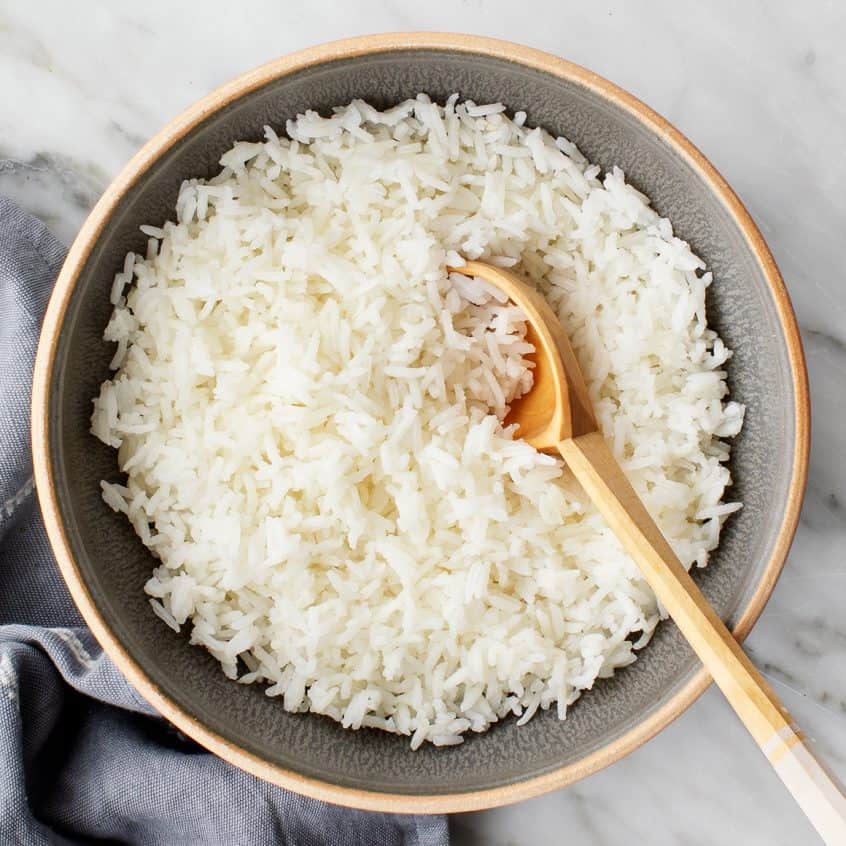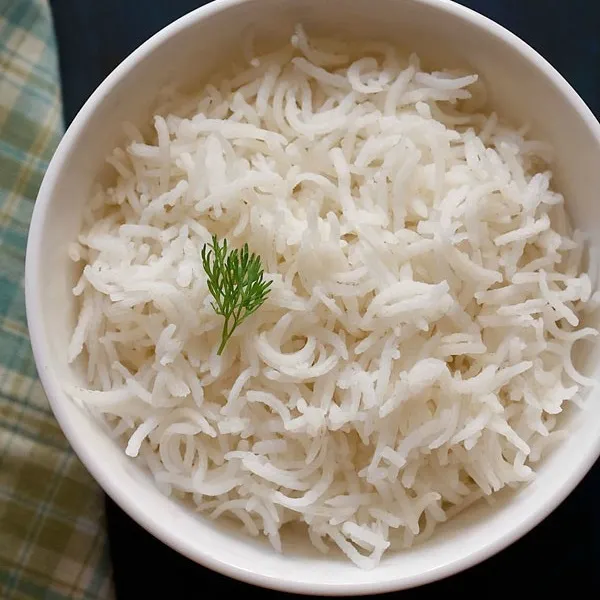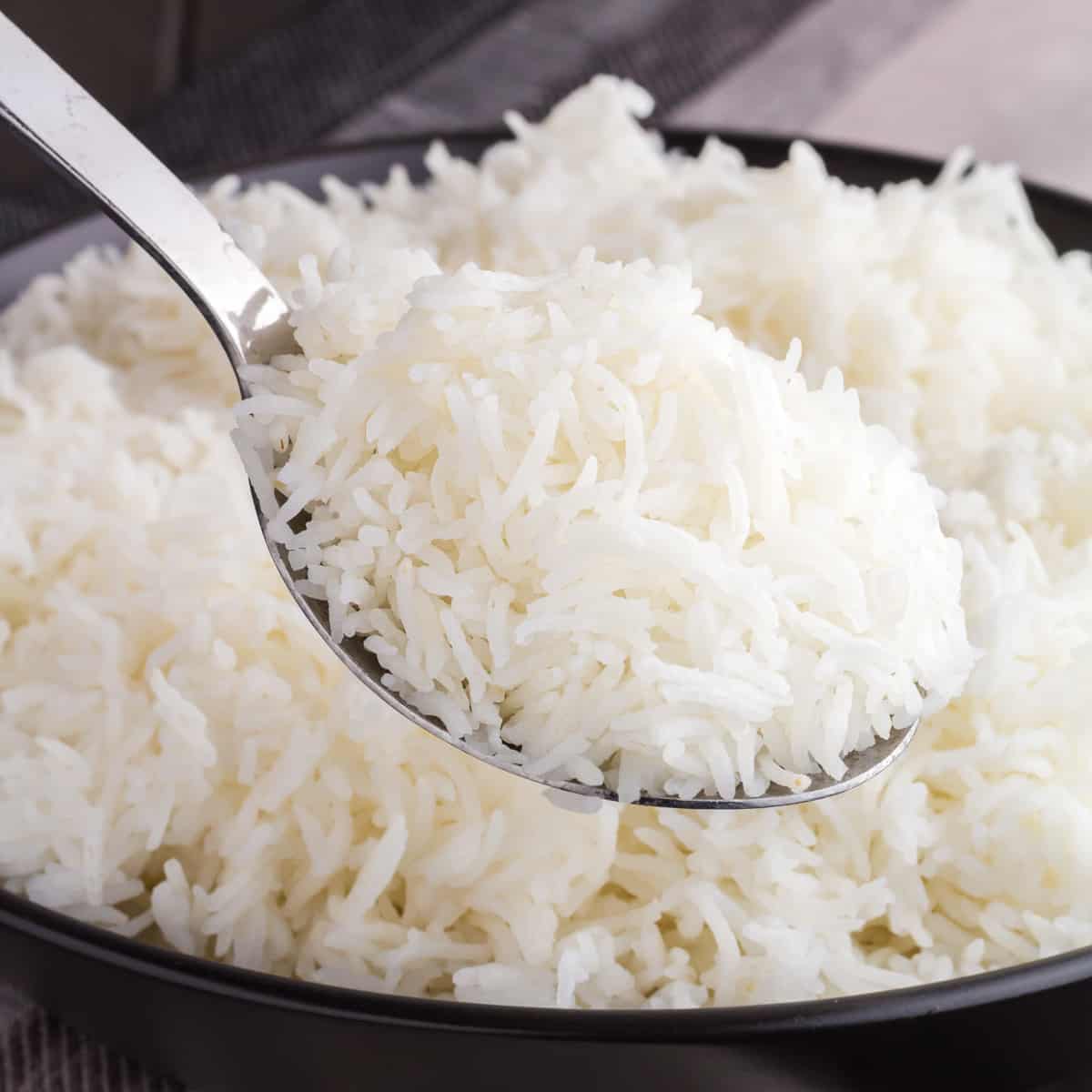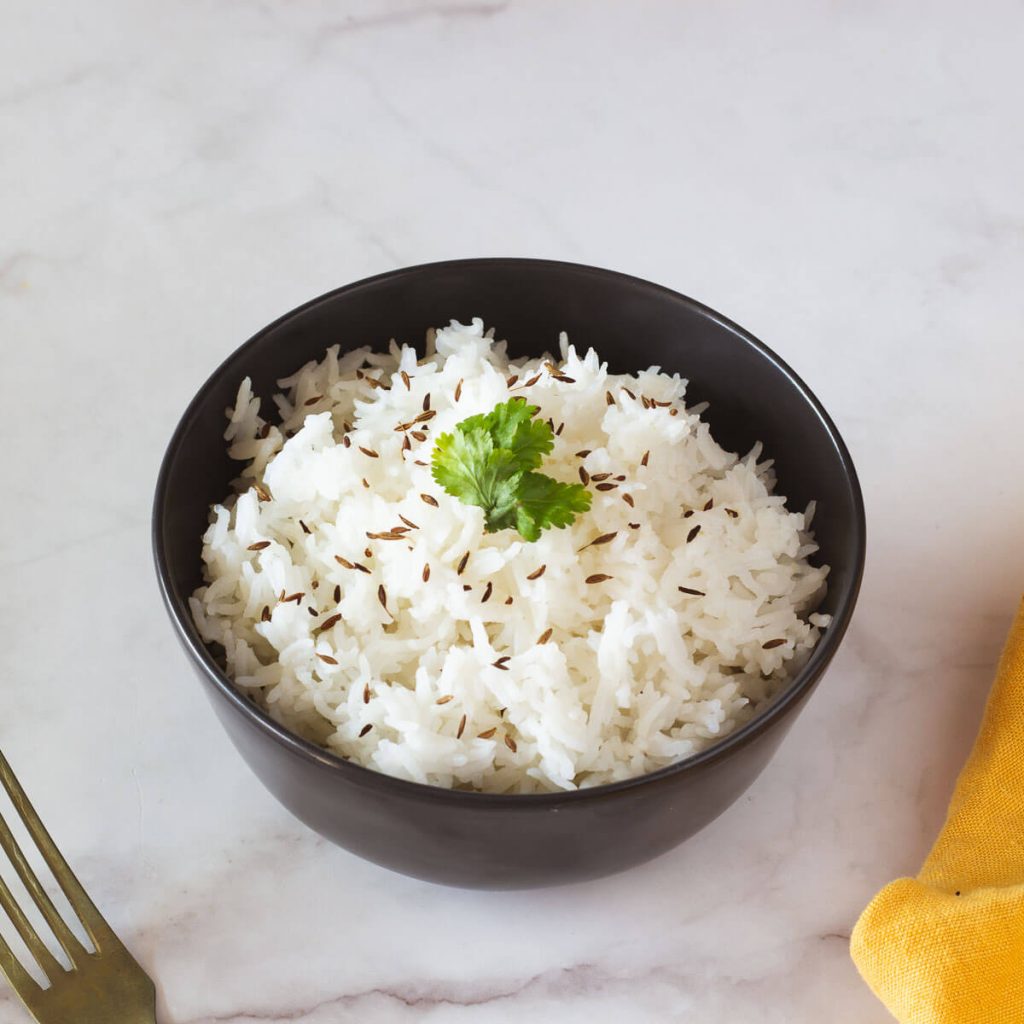Stove-Top Basmati Rice: A Simple and Flavorful Cooking Method
I. Introduction

Basmati rice is a long-grain rice that originated from the Indian subcontinent and is known for its distinct aroma and flavor. It has gained immense popularity worldwide and is a staple in many cuisines. In this blog post, we will explore the importance and popularity of basmati rice, as well as the benefits of cooking it on the stove.
II. Preparation
A. Washing Basmati Rice
- Rinse the rice to remove excess starch:
Before cooking basmati rice, it is essential to rinse it thoroughly under running water. This helps remove any excess starch, which can cause the rice to become sticky. - Proper washing technique for basmati rice:
Place the rice in a strainer or colander and run it under cold water. Stir the rice gently with your fingers while rinsing to ensure that all the grains are rinsed evenly.
B. Soaking Basmati Rice (Optional)
- Benefits of soaking basmati rice:
While soaking basmati rice is optional, it can significantly improve the texture and overall quality of the cooked rice. Soaking helps soften the rice grains and allows for more even cooking. - Recommended soaking time for best results:
If you choose to soak the basmati rice, it is recommended to soak it for at least 30 minutes. However, you can soak it for longer, up to 2 hours, for even better results.
III. Cooking Basmati Rice on the Stove
A. Water-to-Rice Ratio
- Ideal water-to-rice ratio for fluffy basmati rice:
The ideal water-to-rice ratio for cooking basmati rice on the stove is 1.5 cups of water for every cup of rice. This ratio ensures that the rice grains cook evenly and remain fluffy. - Adjusting the ratio based on personal preference:
Depending on your personal preference, you can adjust the water-to-rice ratio slightly. For firmer rice, decrease the amount of water, and for softer rice, increase the water slightly.
B. Bringing Water to a Boil
- Heating water and adding salt (optional) to enhance the flavor:
In a medium-sized saucepan, bring the recommended amount of water to a boil. You can add a pinch of salt to enhance the flavor of the rice, although this step is optional. - Understanding the amount of water required for different quantities of rice:
It is important to note that the amount of water required may vary depending on the quantity of rice being cooked. The general rule is 1.5 cups of water for every cup of rice.
C. Adding Rice and Simmering
- Adding washed and soaked rice to boiling water: Once the water comes to a boil, add the washed and soaked basmati rice to the pot. Stir gently to ensure that all the rice grains are evenly distributed.
- Covering the pot and simmering the rice: After adding the rice, cover the pot with a tight-fitting lid. Reduce the heat to low and let the rice simmer for about 15-20 minutes or until all the water is absorbed and the rice is cooked.
D. Cooking Time and Heat Control
- Cooking time for perfectly cooked basmati rice:
The cooking time for basmati rice can vary depending on factors such as the quantity of rice and the heat intensity. Generally, it takes about 15-20 minutes for the rice to cook to perfection. -
Adjusting heat levels to prevent undercooking or overcooking:
Throughout the cooking process, it is essential to monitor the heat levels to prevent undercooking or overcooking of the rice. If the rice is still undercooked after the recommended cooking time, you can increase the heat slightly and continue cooking until it is done.
IV. Fluffing and Resting

A. Letting the Rice Rest
When cooking basmati rice on the stove, it is crucial to let the rice rest before fluffing it. Allowing the rice to rest after cooking allows the steam to distribute evenly throughout the grains, resulting in fluffy and separated rice. The resting time also allows the rice to firm up slightly, making it easier to handle and reducing the risk of breaking the grains when fluffing.
During this resting period, the starches in the rice continue to absorb the moisture, leading to a better texture and overall flavor. The optimal resting time for basmati rice is typically around 5-10 minutes. However, the exact duration can depend on factors such as the quantity of rice cooked and personal preference for the level of fluffiness.
B. Fluffing the Rice
To fluff the cooked basmati rice, you can use a fork or a spatula. The key is to be gentle and avoid over-mixing or aggressively stirring the rice, as this can lead to clumping and a mushy texture. Here are some techniques to ensure fluffy and separated grains:
- Using a Fork:
Insert the prongs of a fork into the rice and gently fluff it by lifting and separating the grains. Work in a light, fluffing motion to avoid crushing or breaking the rice. - Using a Spatula:
A spatula with a wide, flat surface can also be used to gently toss and separate the rice grains. Gently lift the rice from the bottom of the pot, turning it over in a tossing motion to fluff it up.
It’s important to handle the cooked rice with care and avoid excessive pressure or vigorous mixing, as this can cause the grains to lose their individuality and become sticky.
V. Serving and Enjoying
A. Garnishing and Flavoring Options
To enhance the aroma and taste of basmati rice, you can experiment with various garnishing and flavoring options. Consider adding a pinch of saffron threads soaked in warm water or milk to infuse a beautiful golden color and delicate fragrance into the rice. Chopped fresh herbs such as cilantro or mint can also be sprinkled over the rice before serving to add freshness and vibrant flavors.
Additionally, spices can be used to elevate the taste of basmati rice. Toasting whole spices like cumin seeds, cardamom pods, or cinnamon sticks in a little oil or ghee before adding the rice can impart a subtle and aromatic flavor to the dish. These spices can be added to the cooking water or sprinkled over the fluffed rice as a final garnish.
B. Storing and Reheating Basmati Rice
When storing leftover basmati rice, it’s essential to follow proper storage techniques to maintain its freshness and taste. Transfer the cooled rice into an airtight container and refrigerate promptly to prevent bacterial growth. Stored properly, basmati rice can typically last for up to four days in the refrigerator.
To reheat the stored rice, it’s best to sprinkle a little water over the rice before reheating. This helps restore moisture and prevent the rice from drying out during the reheating process. Heat the rice gently in a covered pot or microwave, stirring occasionally to ensure even heating and preserve the texture and flavor of the rice.
By following these tips for storing and reheating basmati rice, you can enjoy delicious and flavorful rice for multiple meals without compromising its quality.
In conclusion, the process of fluffing and resting basmati rice after cooking is crucial to achieve fluffy and separated grains. By using gentle techniques with a fork or spatula, you can achieve the desired light and airy texture. Adding garnishes and flavors such as saffron, herbs, and spices enhances the aroma and taste of basmati rice. Proper storage and reheating techniques help maintain the freshness and quality of leftover rice. With these tips, you can savor the excellence of basmati rice from the stove to the table.

